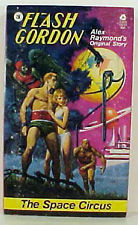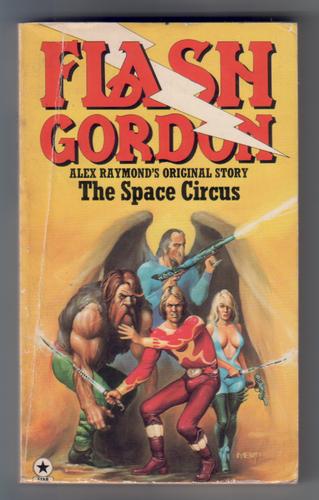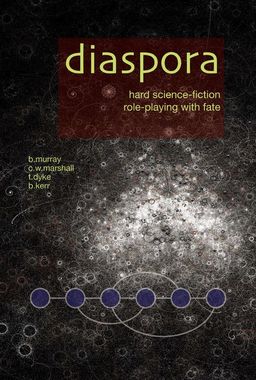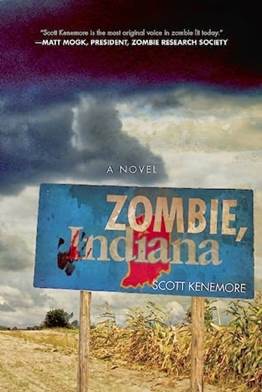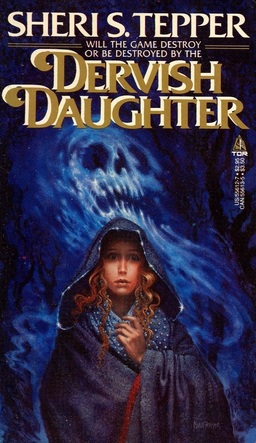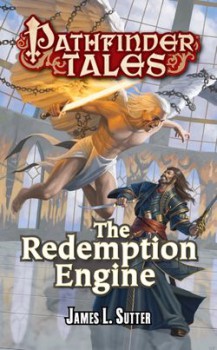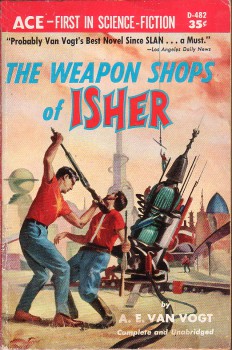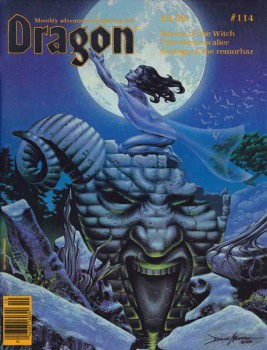Living it Large: How Larger Than Life Characters Work
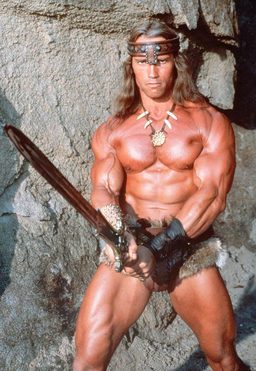 An extravagantly rich man who dresses up like a bat; space Jesus in skin tight spandex, shooting lasers out of his eyes; a big Austrian charging around in furry underwear and hitting things with a big sword.
An extravagantly rich man who dresses up like a bat; space Jesus in skin tight spandex, shooting lasers out of his eyes; a big Austrian charging around in furry underwear and hitting things with a big sword.
All of those individuals (and you know who they are) are examples of ‘larger than life characters.’ And such characters are at the center of what makes Sword and Sorcery what it is. These are creations that dominate their worlds, who capture our imaginations; these are characters that, for all their exuberance and strength, majesty and intellect, feel real. Their influence can be felt in every letter of every page. When done well, they’ll leap out of the page, wrap their hands around your throat and drag you along with them. They’re the guys who are at the center of it all, they’re the whole reason you’re reading the book. They’re not the host, they’re the main event.
But, at least conceptually, they shouldn’t be. These are characters that tend to be impossibly good at everything, who tend to be either extravagantly noble or impossibly evil; there is no middle ground when you’re dealing with larger than life characters. And this extremism make them a little difficult to relate to, and it’s relatable characters that are the most likeable, those that have the most impact, because it’s so easy to put yourself in their shoes. But larger than life characters, with their overblown motivations and rigid morals, don’t have that instant relatability.
Not only that, but larger than life characters (who I’ll refer to as LTLCs from now on) aren’t so much fully fledged characters as they are prototypes, often lacking depth, ambiguity, and complexity. By today’s standards, they’re nothing. Heck, these sorts of characters shouldn’t even be likeable; think about that one kid in class who, without fail, never missed an opportunity to flaunt his intelligence; he’s more likely to warrant a swift brick to the face than a warm pat on the back.
Yet, with all this, LTLCs tend to be pretty damn endearing: Marvel and DC make millions out of the guys; Robert E Howard created an entire sub-genre off the back of LTLCs, and western myths and legends are overflowing with the overachieving little guys. So it’s no secret that the characters are in demand. But, in the wake of all this, one has to ask: why are they so popular?
